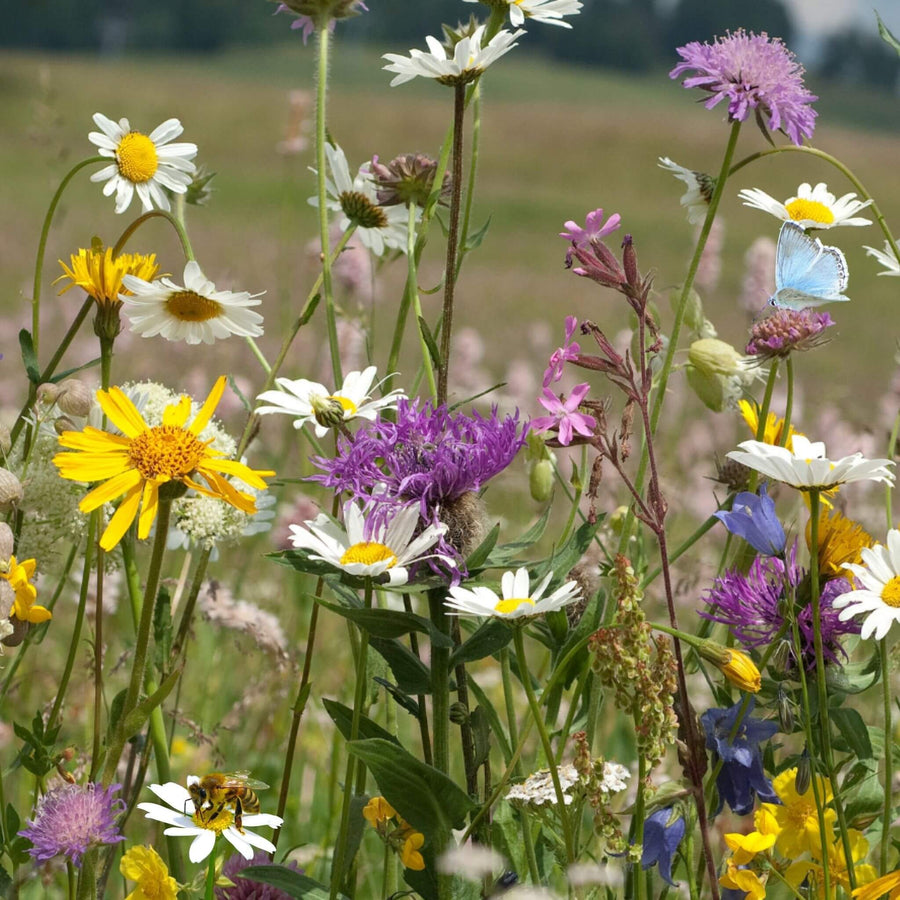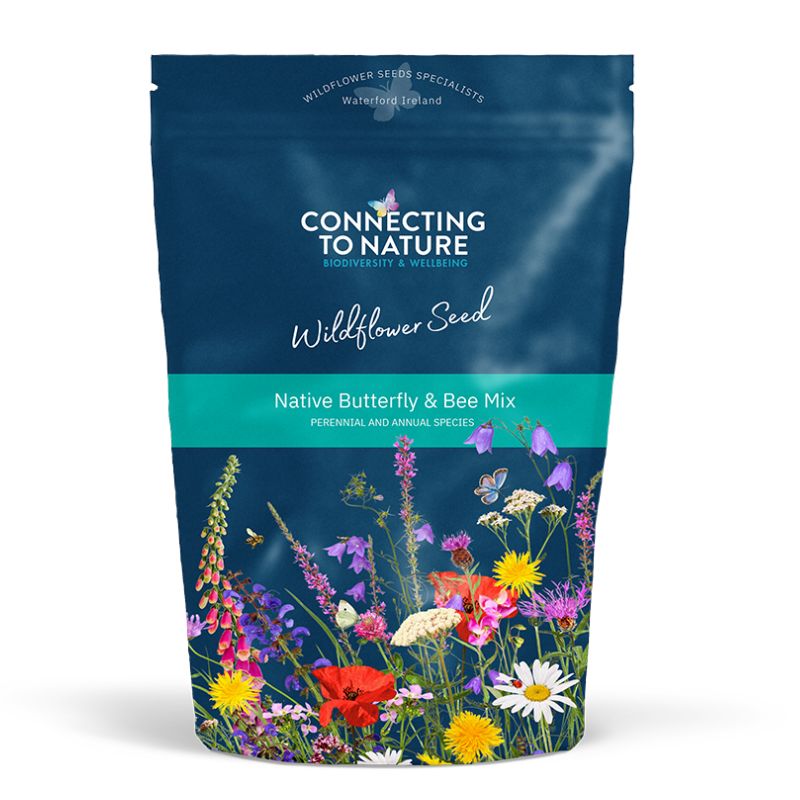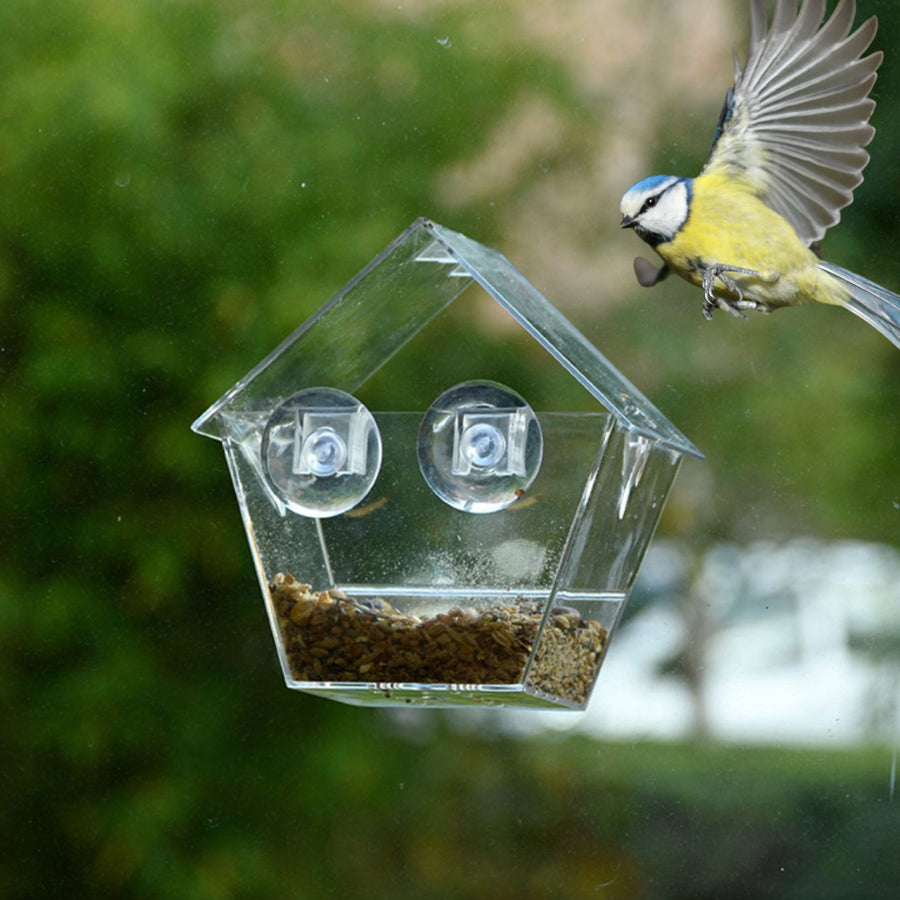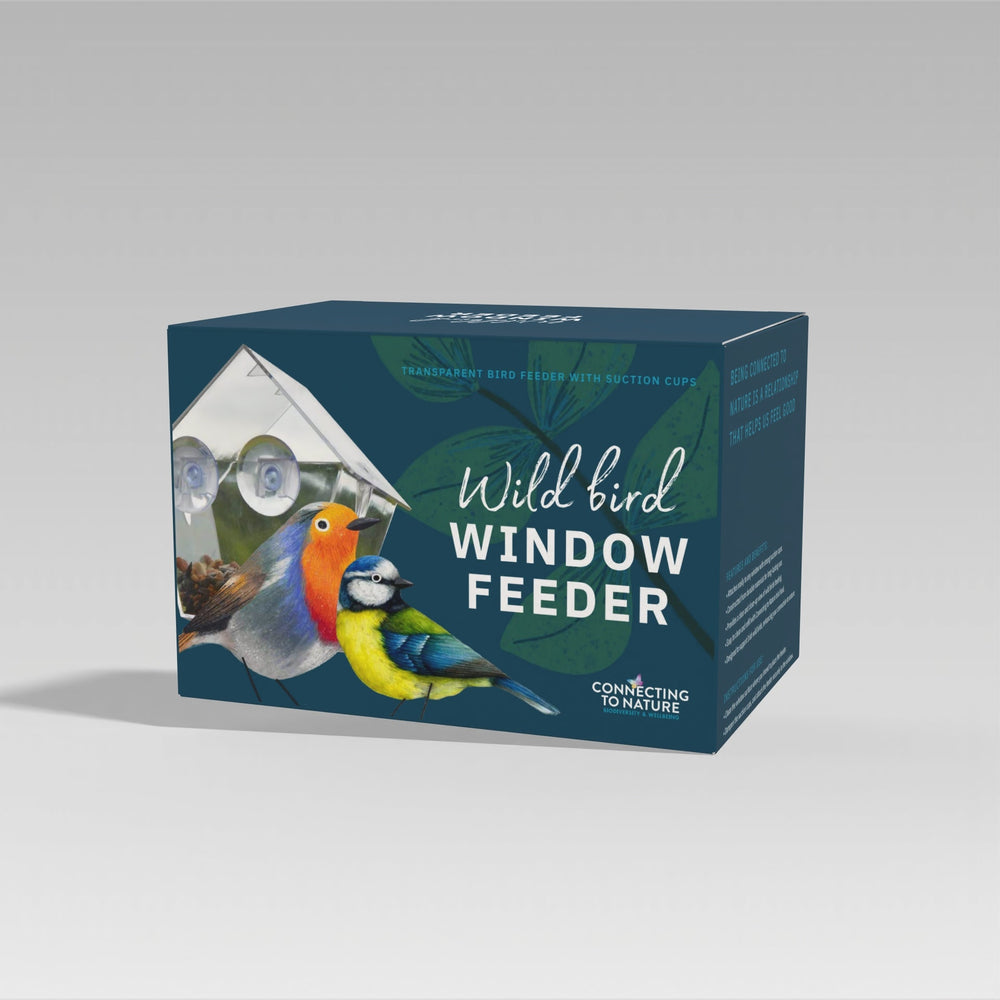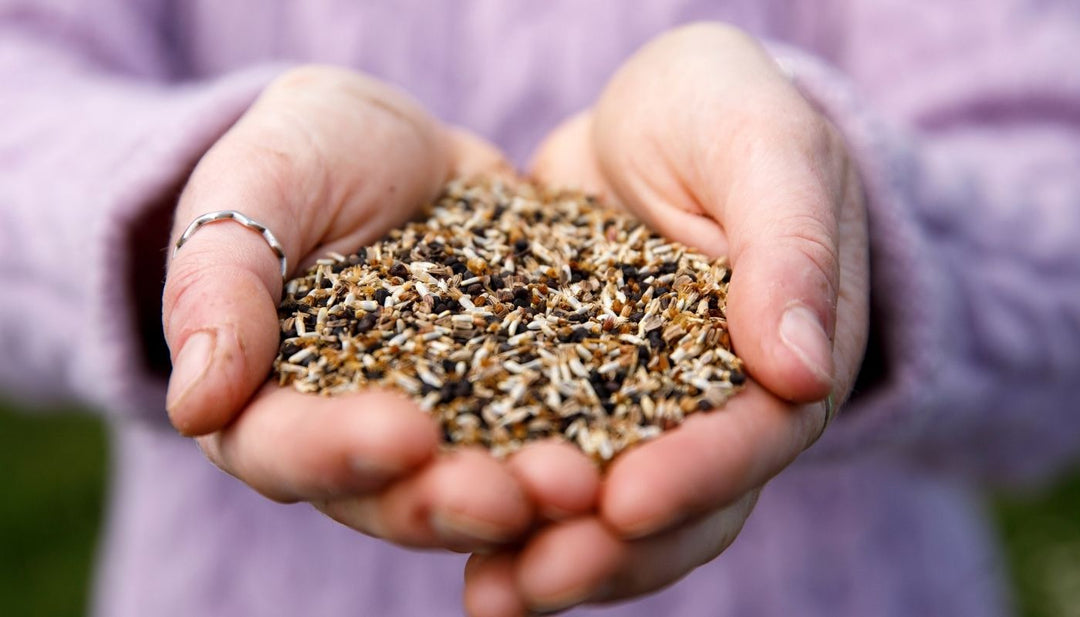Advantages of Sowing Irish Native Wildflower Seeds in Autumn

For gardeners keen on cultivating a vibrant, sustainable garden, the timing of seed sowing is crucial. While spring is often seen as the prime time for planting, sowing Irish native wildflower seeds in autumn offers several other benefits that can lead to more successful germination, earlier flowers, stronger plant growth, and ultimately a more resilient garden. Here’s a closer look at why autumn is the optimal season for sowing native wildflower seeds in Ireland.
1. Natural Stratification Enhances Germination
One of the most significant reasons for sowing wildflower seeds in autumn is the natural process of stratification. Many Irish native wildflower seeds, such as bluebells, cowslips, poppy, and foxgloves, benefit from a period of cold to break dormancy and trigger germination. When seeds are sown in autumn, they experience the natural fluctuations in temperature and moisture levels over the winter months, mimicking their natural lifecycle. This cold period ensures that the seeds are primed and ready to germinate as soon as conditions are favorable in early spring, resulting in more uniform and robust germination.
2. Optimal Soil Conditions
Autumn provides ideal soil conditions for sowing wildflower seeds. After the summer heat, soil temperatures are still warm enough to encourage root development, yet cool enough to prevent premature germination. The gradual cooling and increased rainfall typical of Irish autumns help to settle the seeds into the soil, ensuring good seed-to-soil contact, which is critical for successful germination. Additionally, the reduction in weed growth during autumn means less competition for resources, giving wildflower seeds a better start compared to a spring sowing.
3. Early Root Development
Sowing in autumn allows wildflower seeds to establish a root system before winter sets in. Even if the seeds remain dormant above ground, their roots are actively growing beneath the soil. This early root development is crucial for the plants’ survival, as it allows them to access deeper moisture and nutrients, making them more resilient during dry spells in spring and summer. By the time the warmer months arrive, these well-established plants can focus on above-ground growth, leading to more vigorous and floriferous displays.
4. Natural Weed Suppression
Autumn sowing also provides a strategic advantage in weed management. By establishing wildflowers in autumn, you give them a head start before many common garden weeds begin to grow in the spring. The early establishment of wildflowers means they can outcompete weeds for light, water, and nutrients, reducing the need for herbicides or manual weeding. Furthermore, the natural die-back of some annual weeds over winter ensures that the wildflowers face less competition, allowing them to dominate the space.
5. Mimicking Natural Processes
In nature, wildflowers naturally disperse their seeds in late summer and autumn. By sowing in autumn, gardeners align with these natural processes, creating conditions that are most conducive to the seeds’ lifecycle. This timing allows the seeds to integrate seamlessly into the local ecosystem, resulting in a more authentic and ecologically balanced wildflower meadow. This approach not only leads to better germination rates but also supports local wildlife, as the plants bloom in sync with the needs of native pollinators and other fauna.
6. Less Human Intervention Needed
A key advantage of autumn sowing is the reduction in maintenance. Since the seeds are dormant through winter, there’s no need for frequent watering or monitoring. Rainfall in autumn and winter typically provides sufficient moisture, and the cooler temperatures reduce the risk of fungal diseases that can plague seedlings sown in spring. This hands-off approach allows nature to take its course, resulting in a more self-sustaining garden.
Conclusion
Sowing Irish native wildflower seeds in autumn offers several benefits that can significantly enhance the success of your wildflower garden. From improved germination rates due to natural stratification to early root development and weed suppression, autumn sowing aligns with both the natural lifecycle of wildflowers and the specific climatic conditions of Ireland. By choosing to plant in autumn, gardeners can create a more resilient, low-maintenance, and ecologically valuable garden that bursts into life with the arrival of spring.


